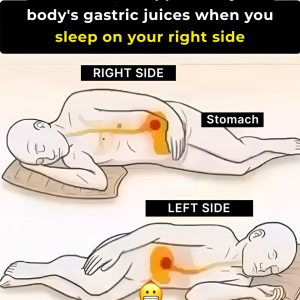
Young people often assume that good health comes naturally with age, rarely worrying about illness.
By contrast, those in middle age or later years may overreact to even minor symptoms, fearing they signal serious or life-threatening conditions.
Although death may appear sudden, the body often gives early warnings long before the end. The problem is that most people overlook them.
The Turning Points of Aging
Aging does not progress in a straight line. Research published in Nature Medicine revealed that human aging follows distinct “turning points” rather than a steady decline. Critical stages were identified at ages 34, 60, and 78.
Dr. Miao Yang, head of cardiology at the Chinese Academy of Medical Sciences, explained that the body undergoes its most dramatic functional changes around age 60. By 70, systems tend to stabilize, only to weaken again after 80. This means the decade between 60 and 70 is crucial for determining longevity.

Another study in the British Medical Journal found that in the 4 to 10 years before death, many people already show visible signs of decline. Recognizing these signals can help slow premature aging and maintain quality of life.
About 10 years before death: Difficulty sitting down and standing up independently.
About 7 years before death: Noticeable decline in mobility.
About 4 years before death: Increasing difficulty performing daily activities such as walking, eating, and bathing.
Four Key Indicators of Longevity
Walking speed
A study from the University of Leicester tracked 475,000 people for seven years and found that faster walkers lived 15–20 years longer on average than slower walkers, regardless of weight. Walking speed reflects heart, lung, and muscle health.
The ideal pace is about 0.9 meters per second, while speeds below 0.6 m/s may suggest muscle decline. A sudden drop in walking speed within a year should prompt medical attention.
Ability to sit and stand
The ability to sit down and stand up without help measures lower-body strength, flexibility, and joint function. Stronger knees and ligaments reduce mobility issues and are linked with longer life expectancy.
You can try the “chair test”: Sit on a chair without armrests, feet flat on the floor, and stand without using your hands. Doing so independently scores 10 points, using hands scores 5, and inability scores 0.

Grip strength
Handgrip strength is considered a reliable marker of muscle quality and heart health. Weak grip strength often points to reduced cardiovascular function.
Research suggests older adults should maintain at least 18.5 kg of grip strength for women and 28.5 kg for men.
Ability to manage daily activities
Tasks such as cooking, dressing, shopping, and using the bathroom reflect overall independence. When these abilities decline, it often signals rapid muscle loss, higher risks of chronic disease, and shorter life expectancy.
Conclusion
Longevity is not entirely a matter of chance. By paying attention to early warning signs—such as walking pace, grip strength, and independence in daily activities—and by maintaining strength and mobility, you can significantly increase your chances of living a longer, healthier life.




